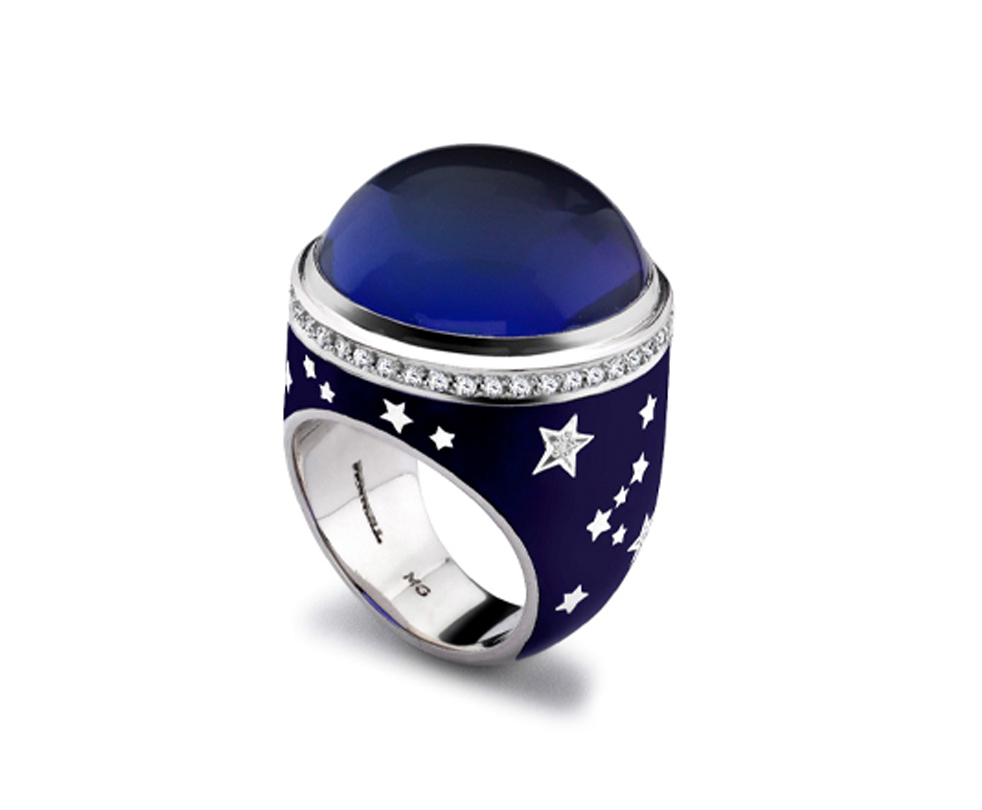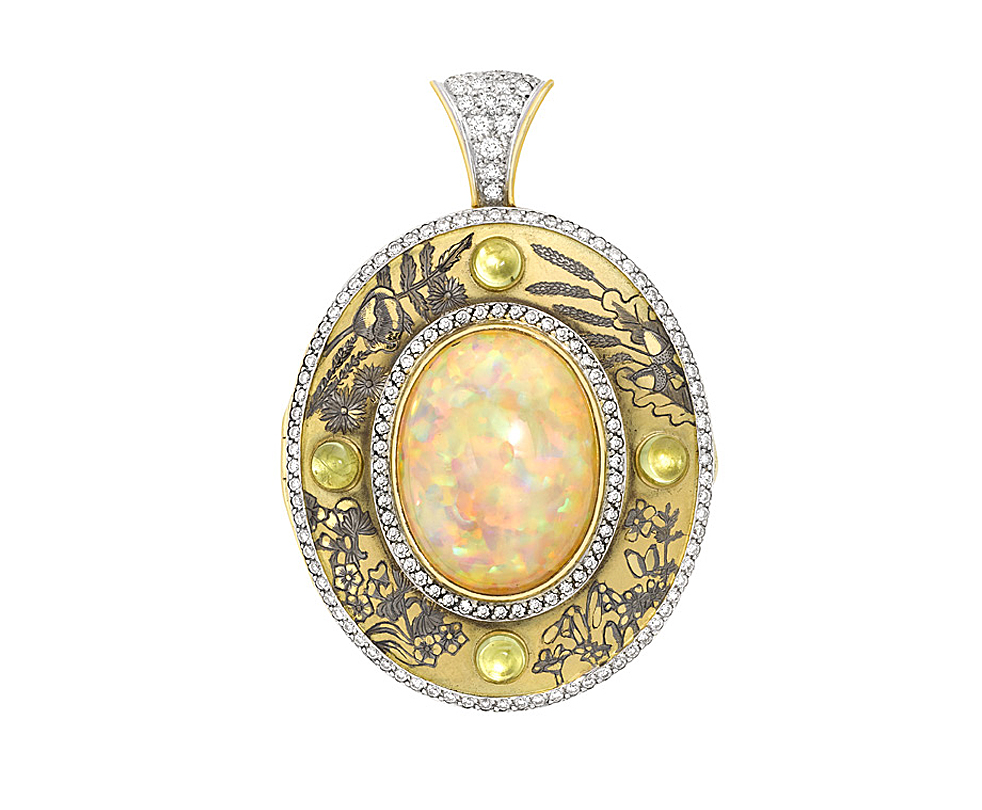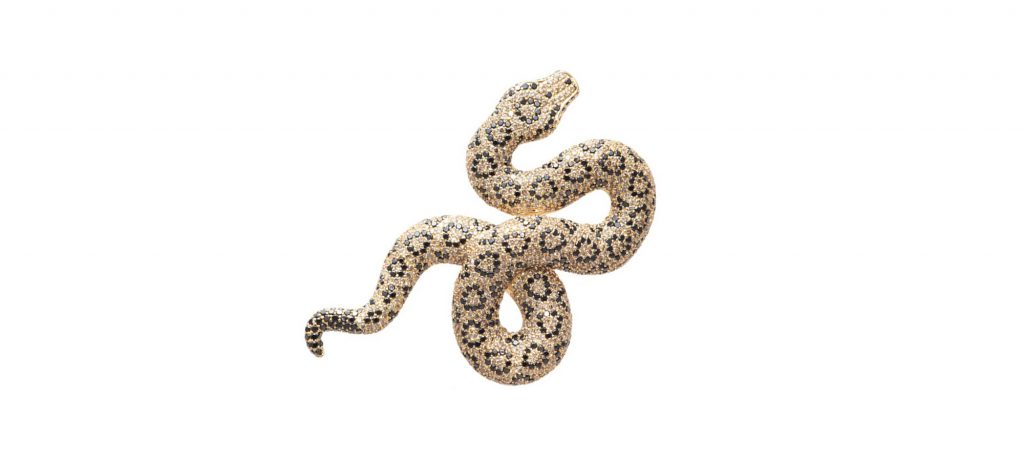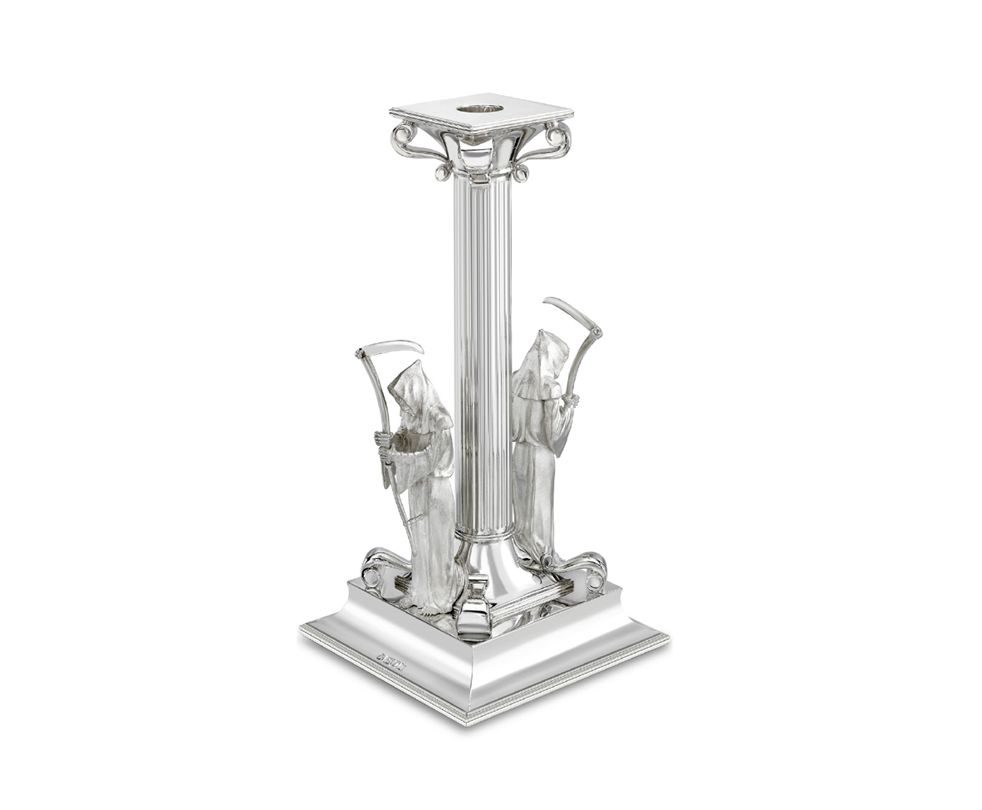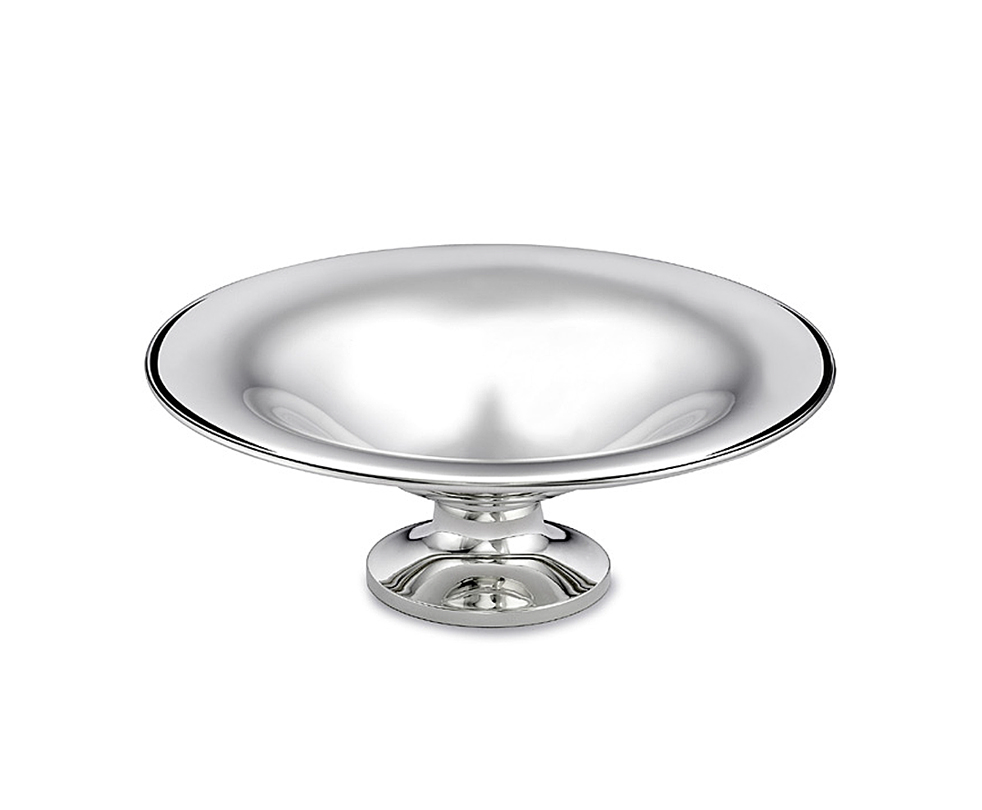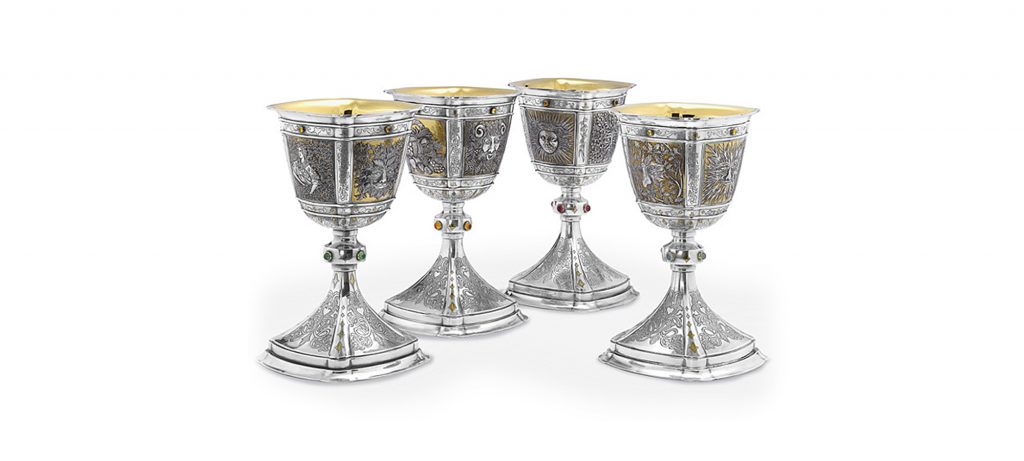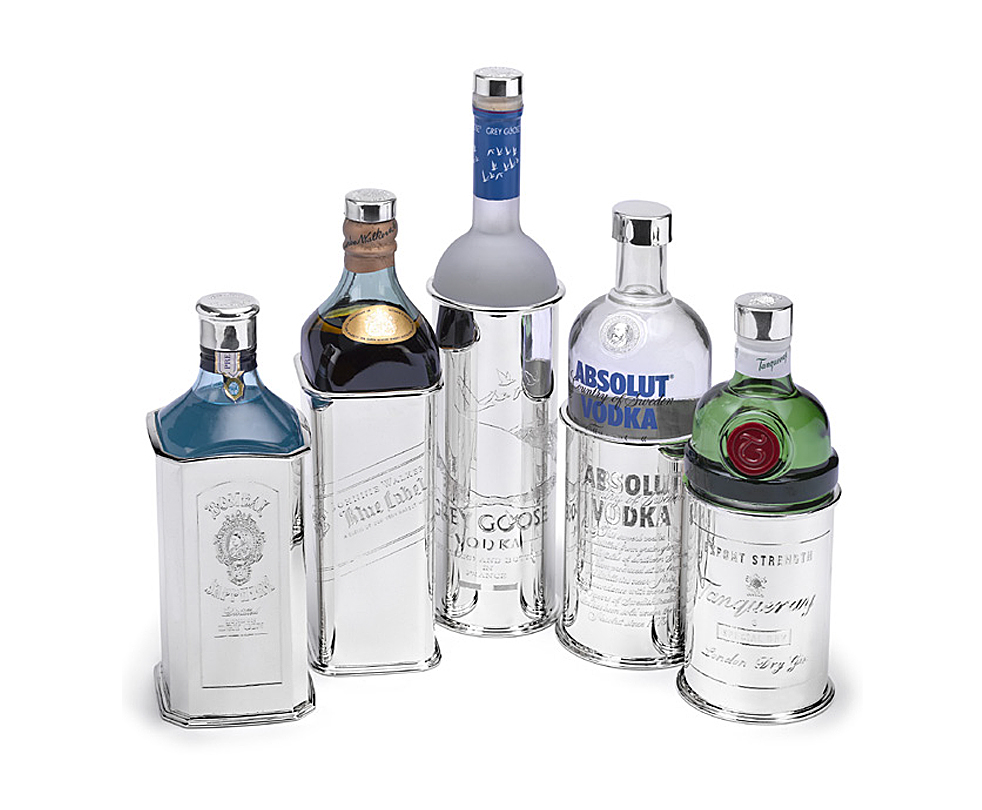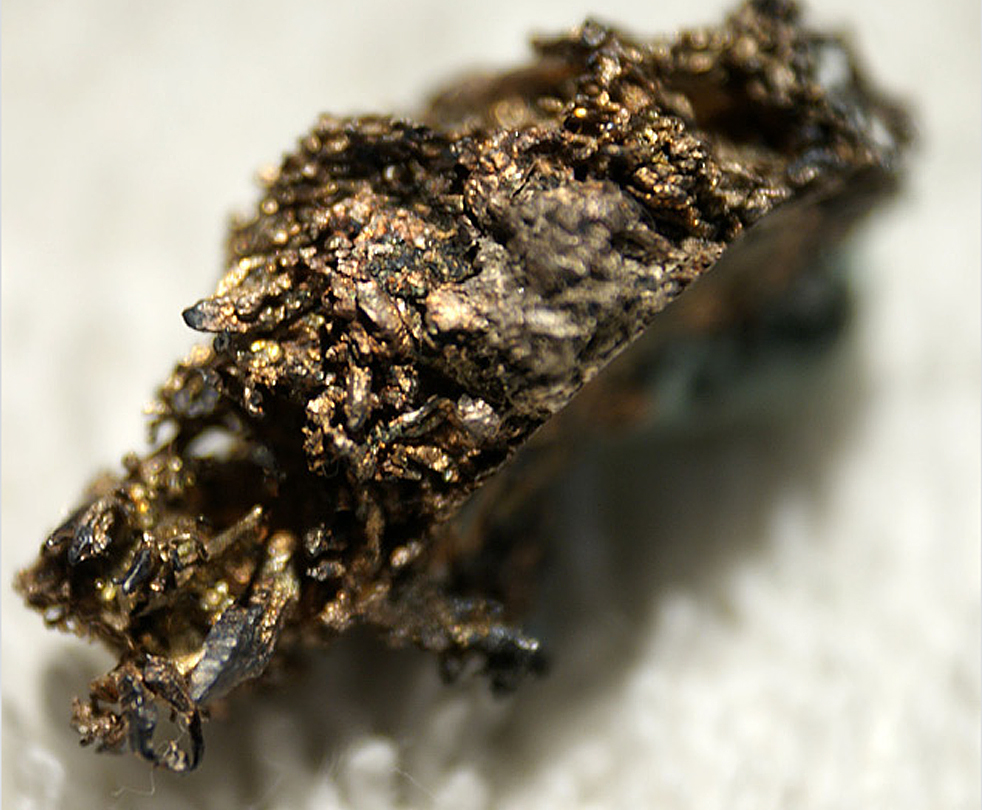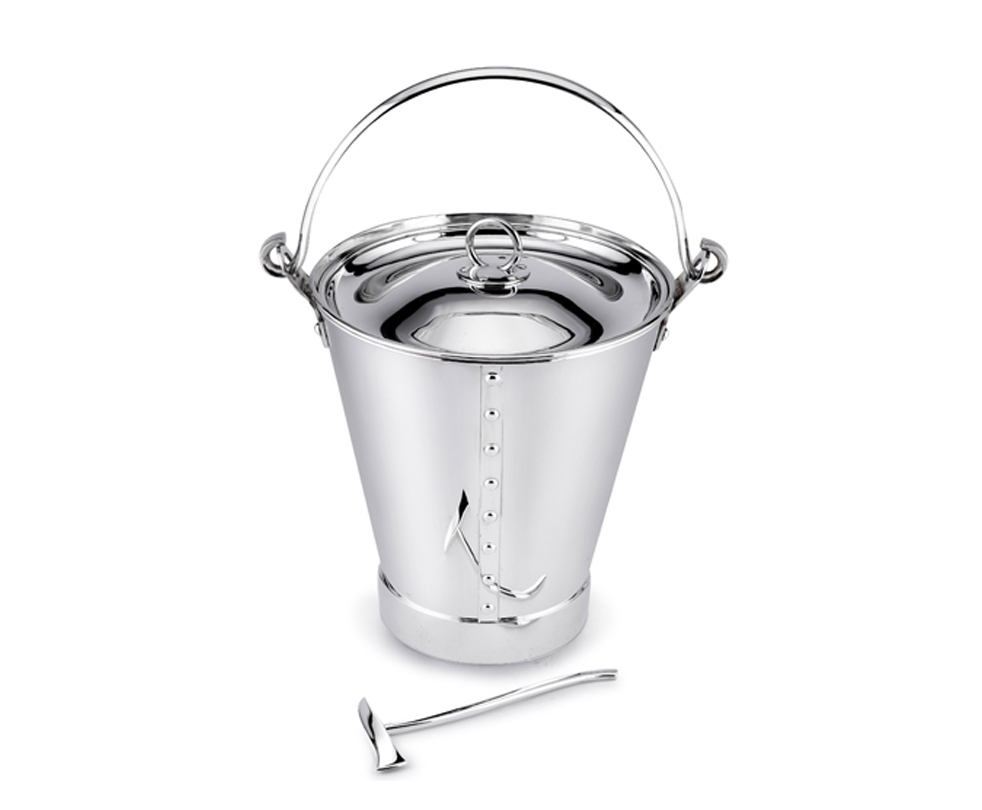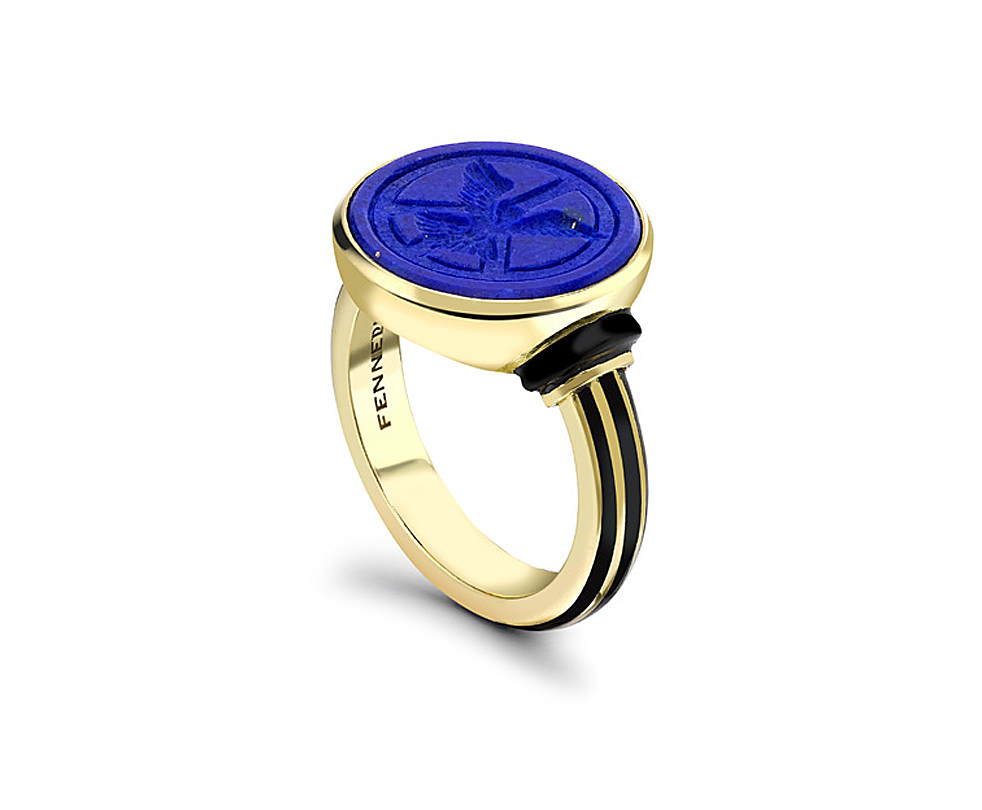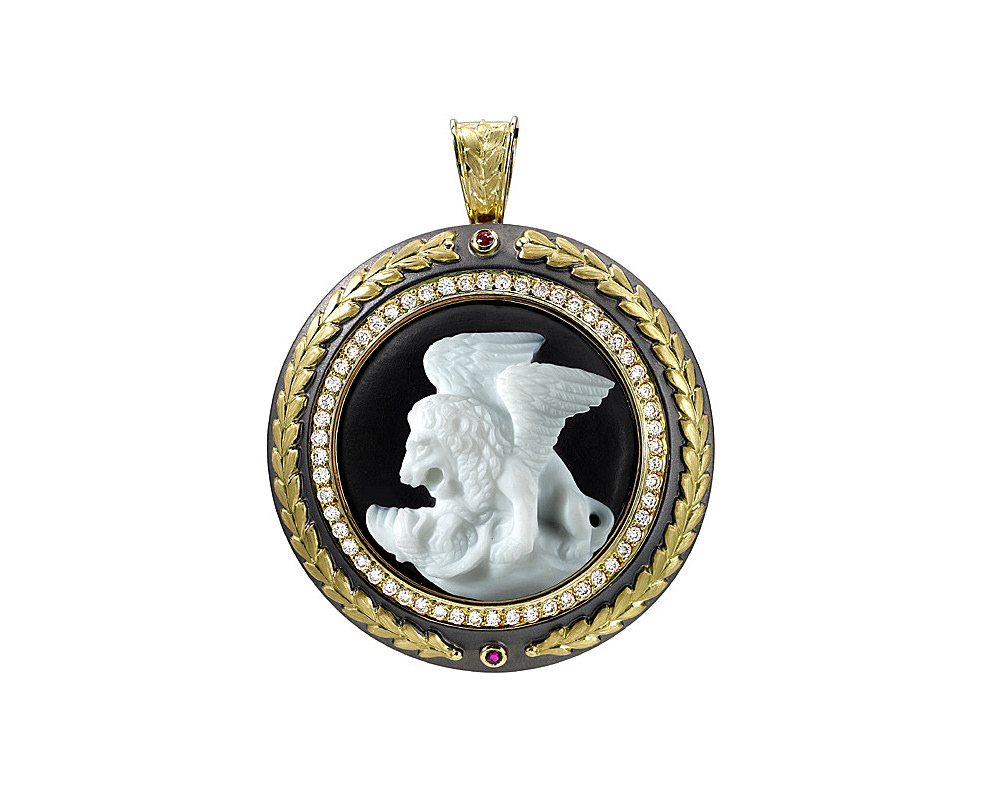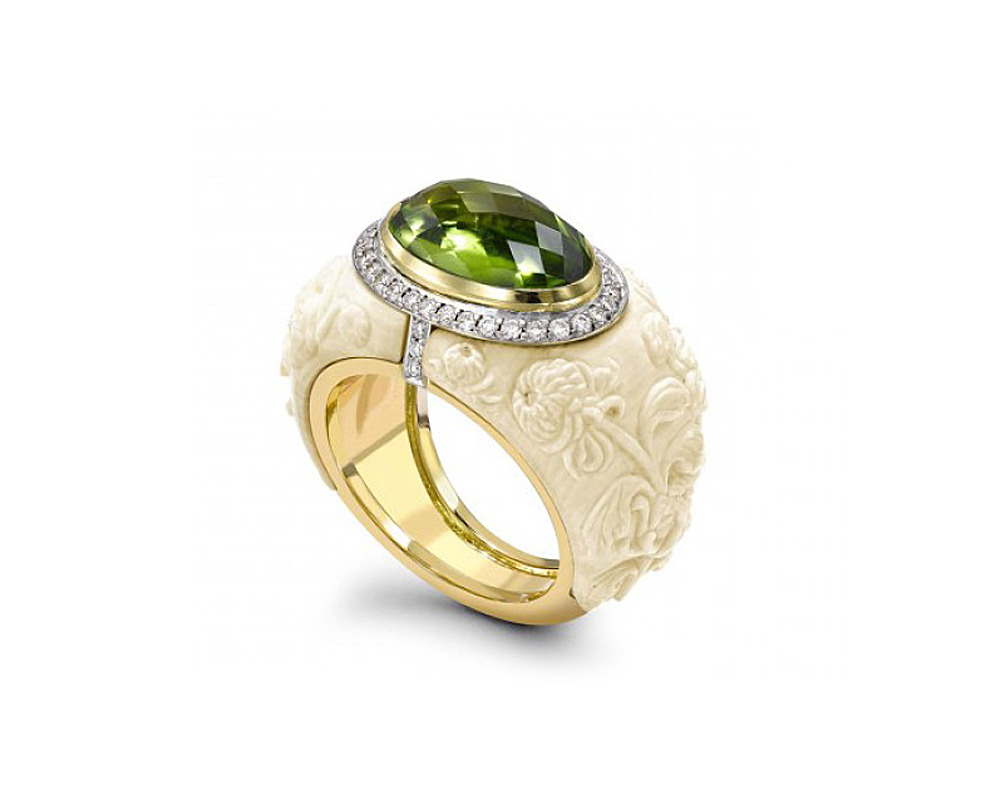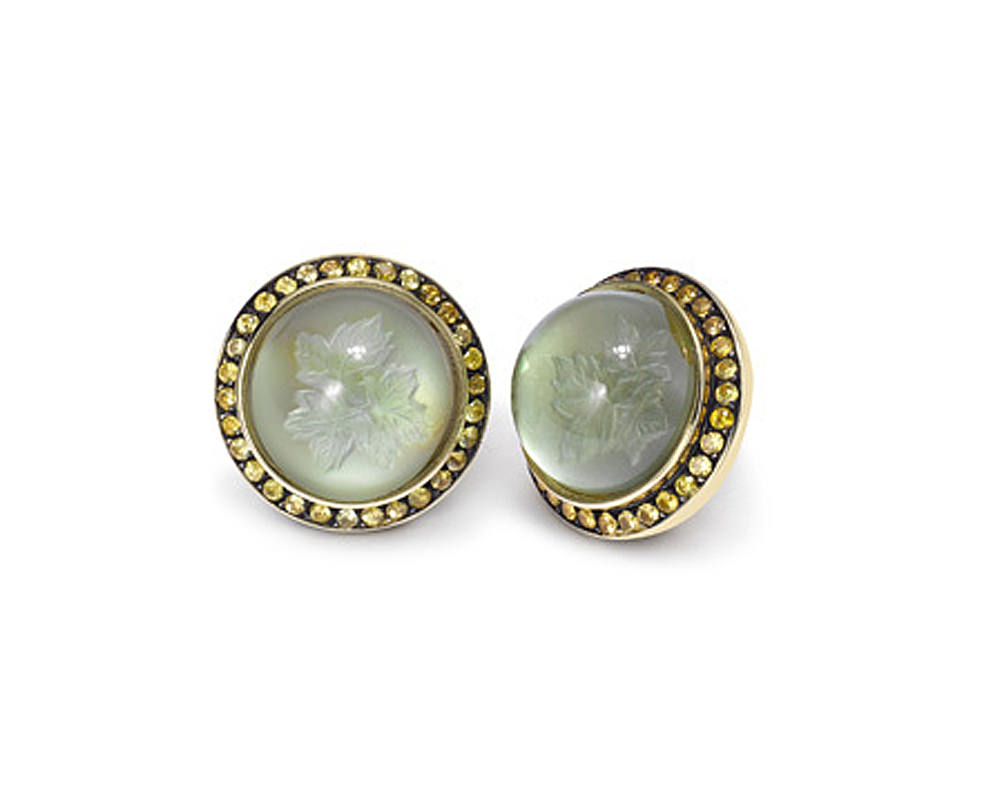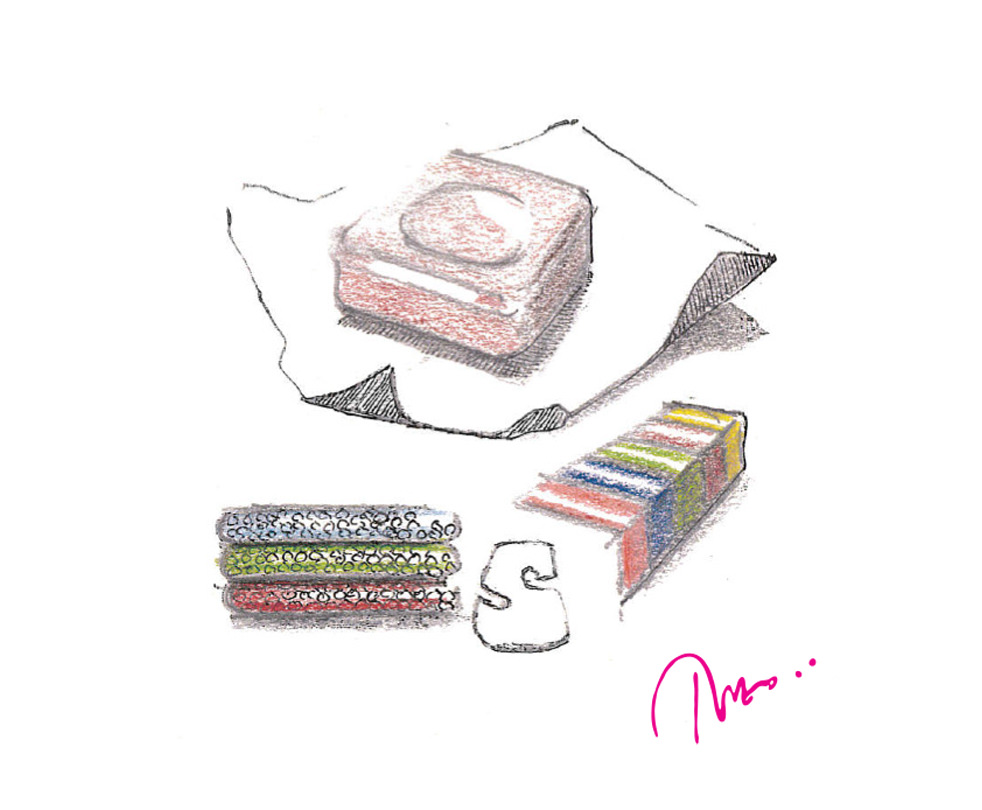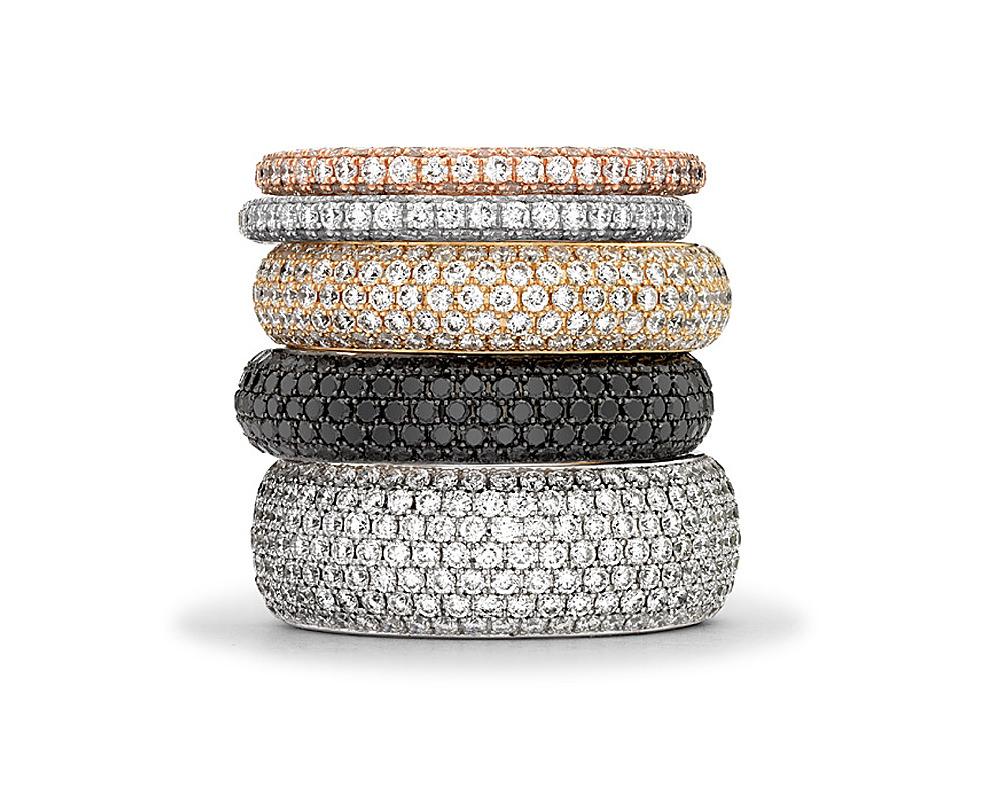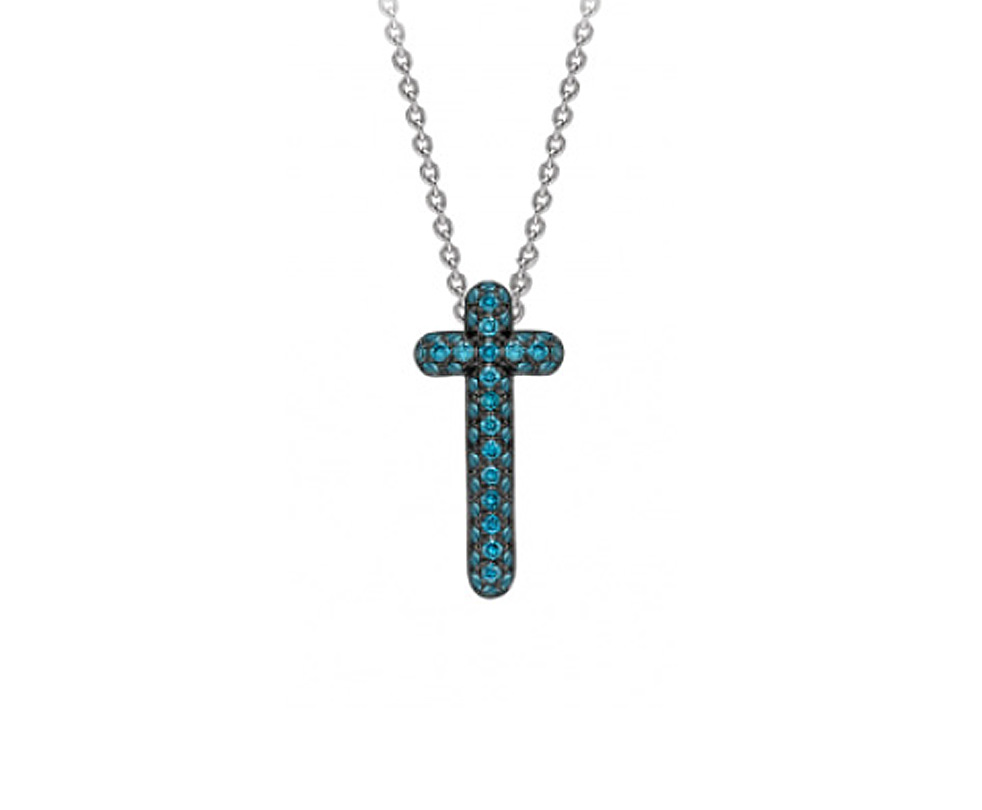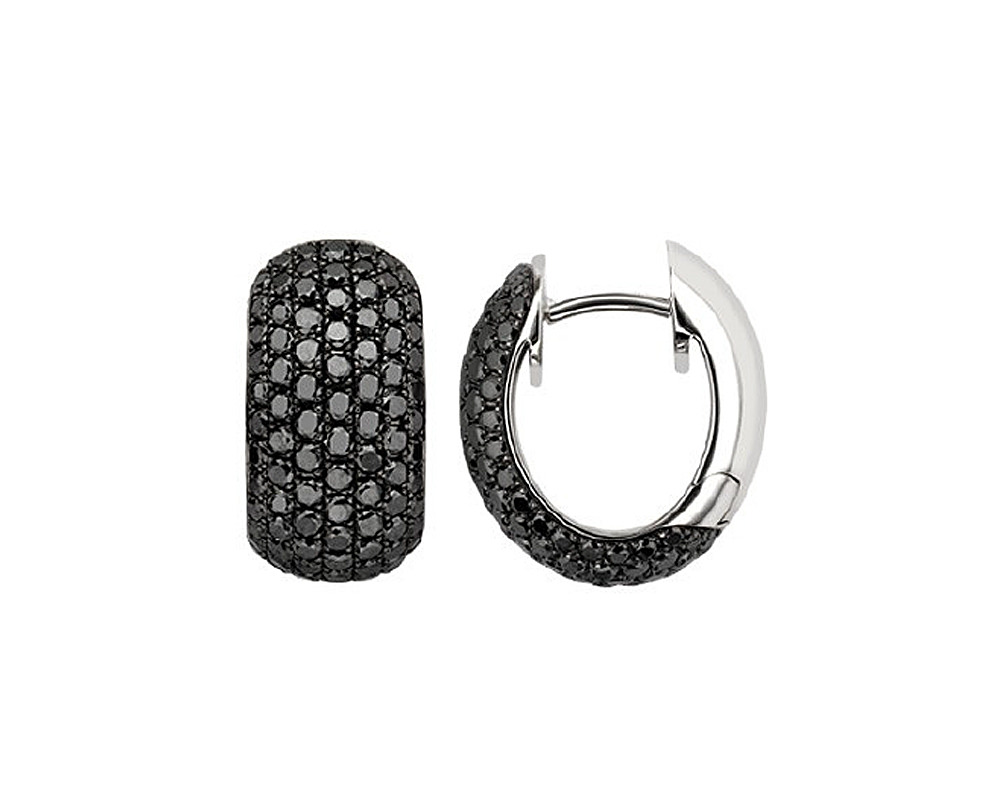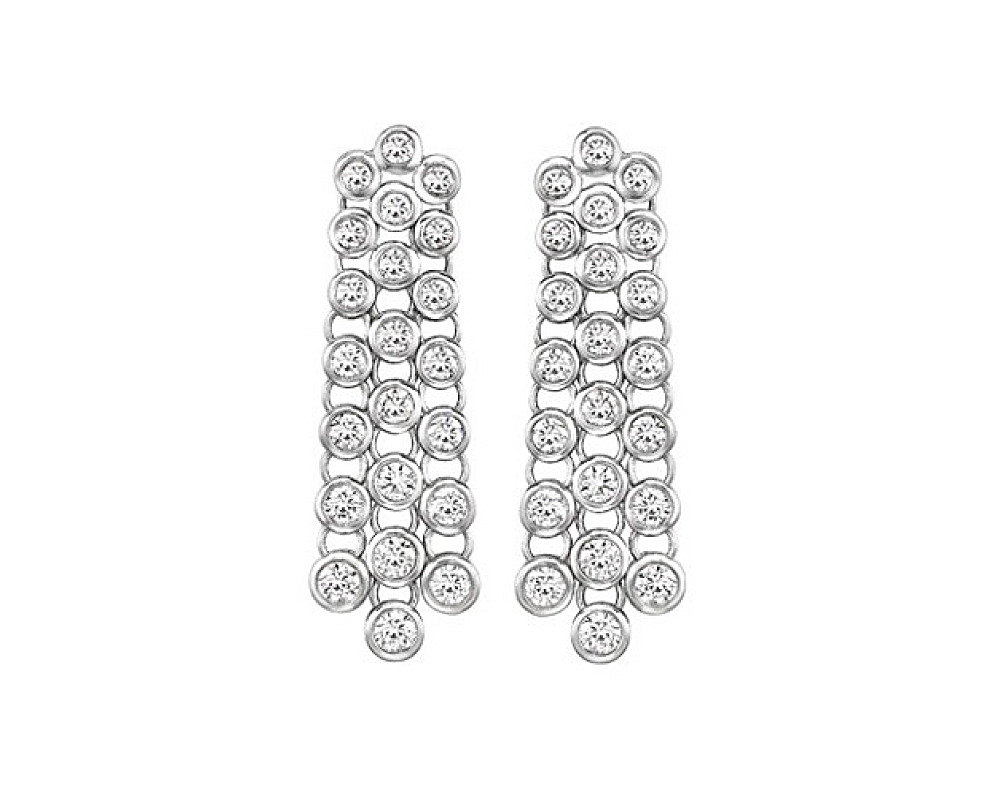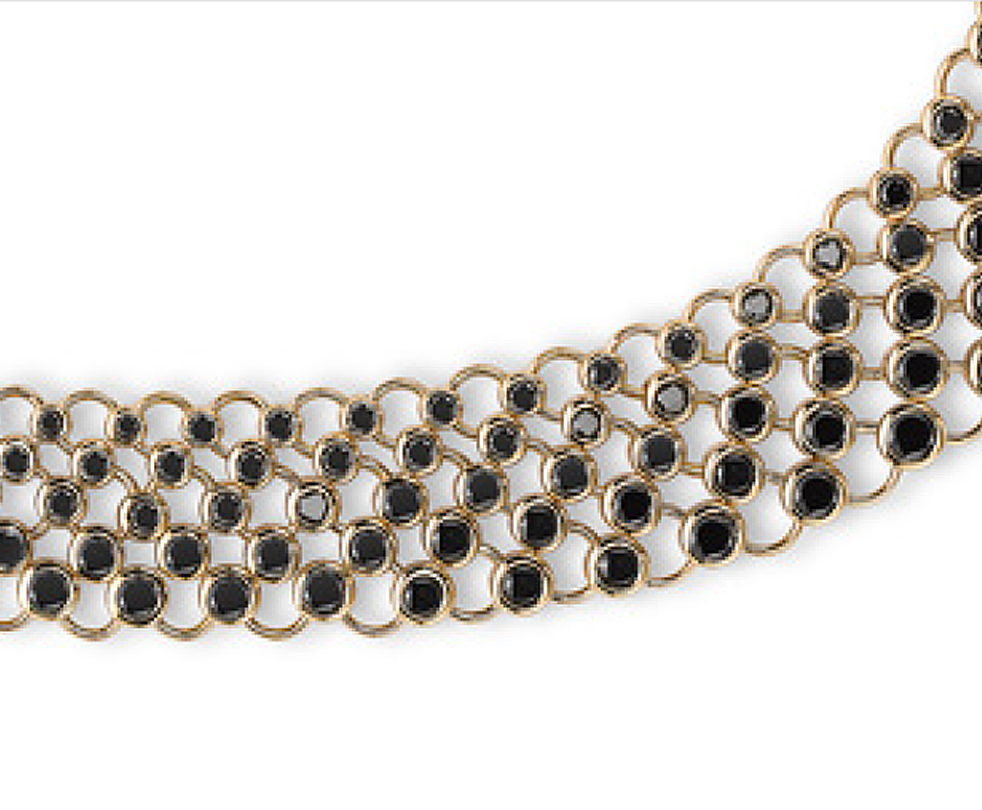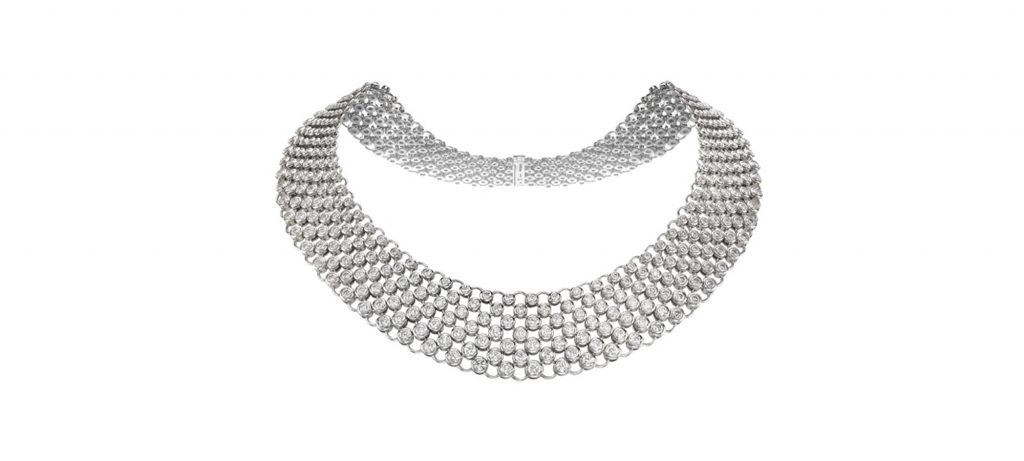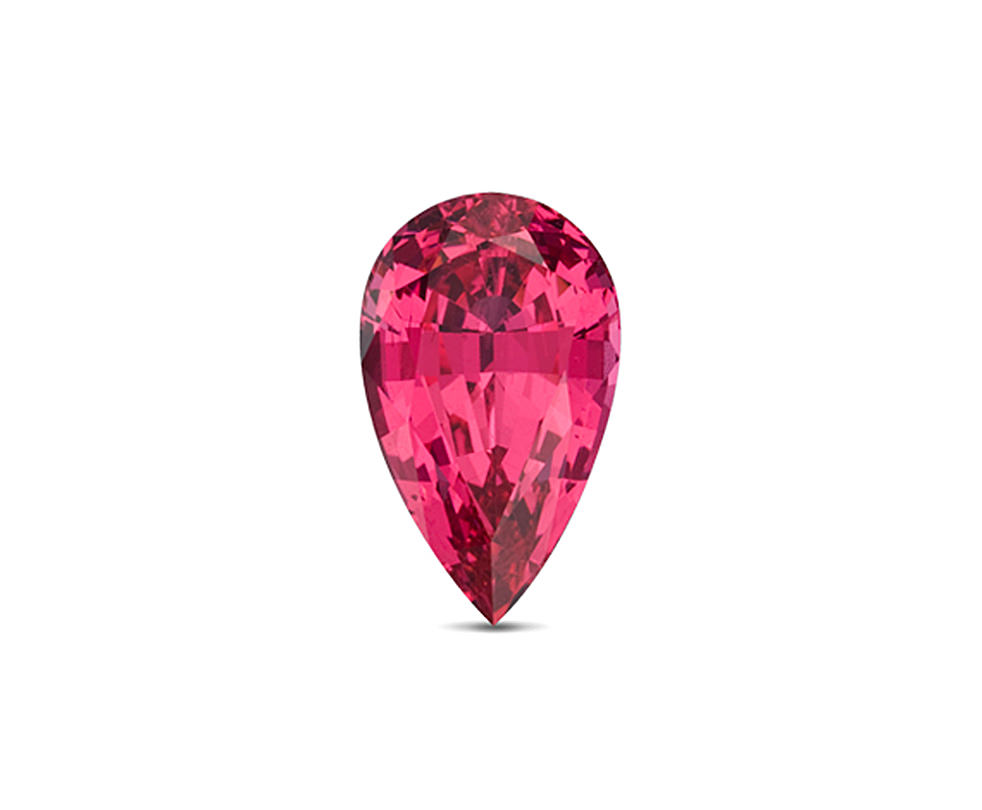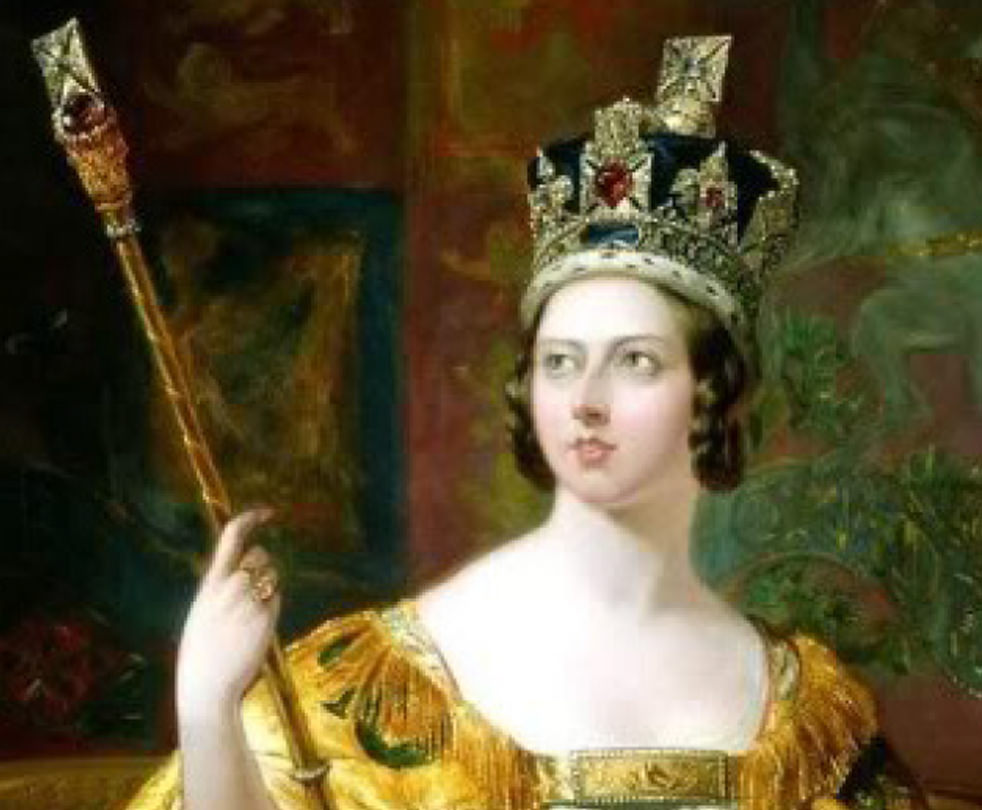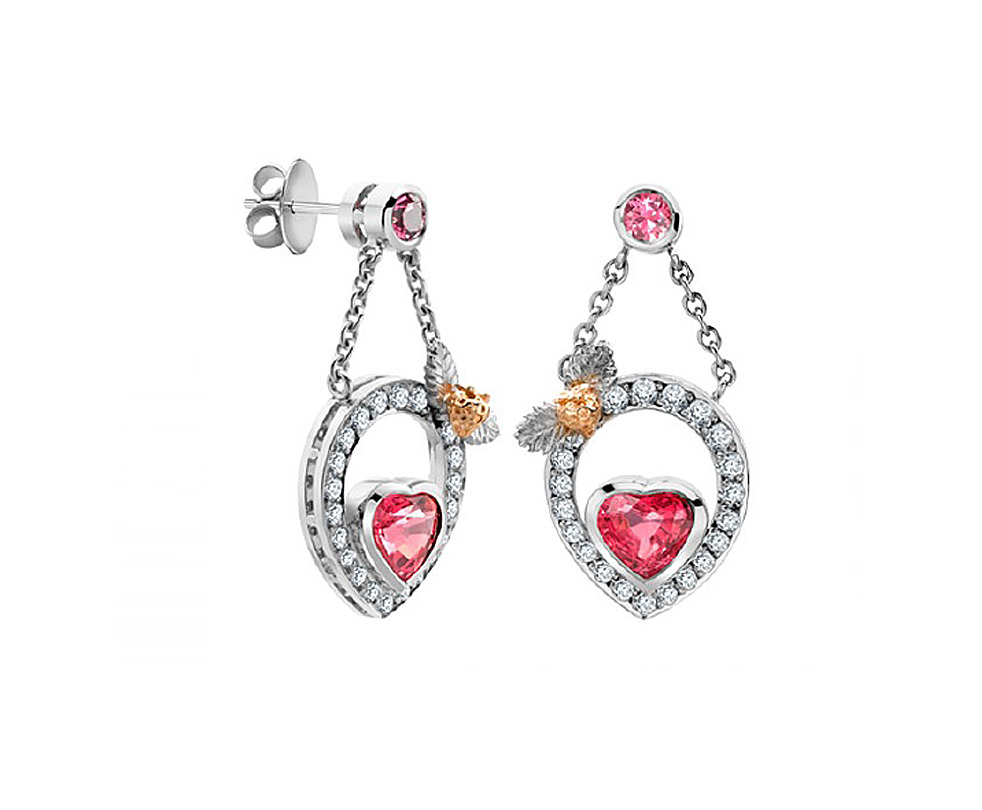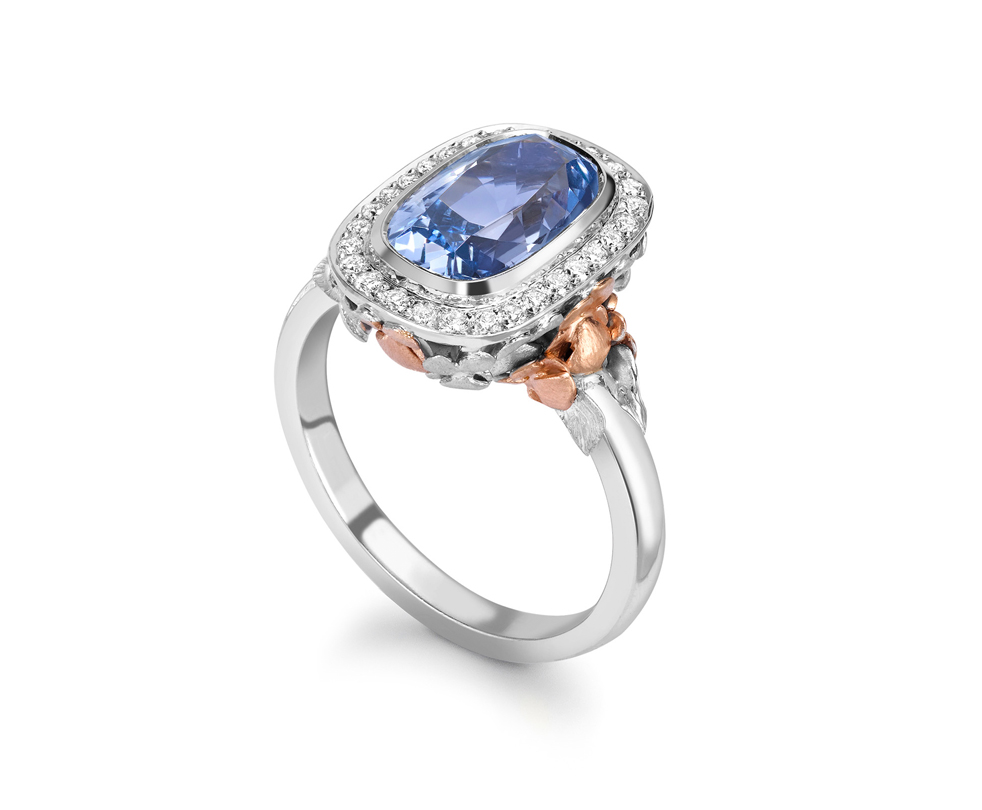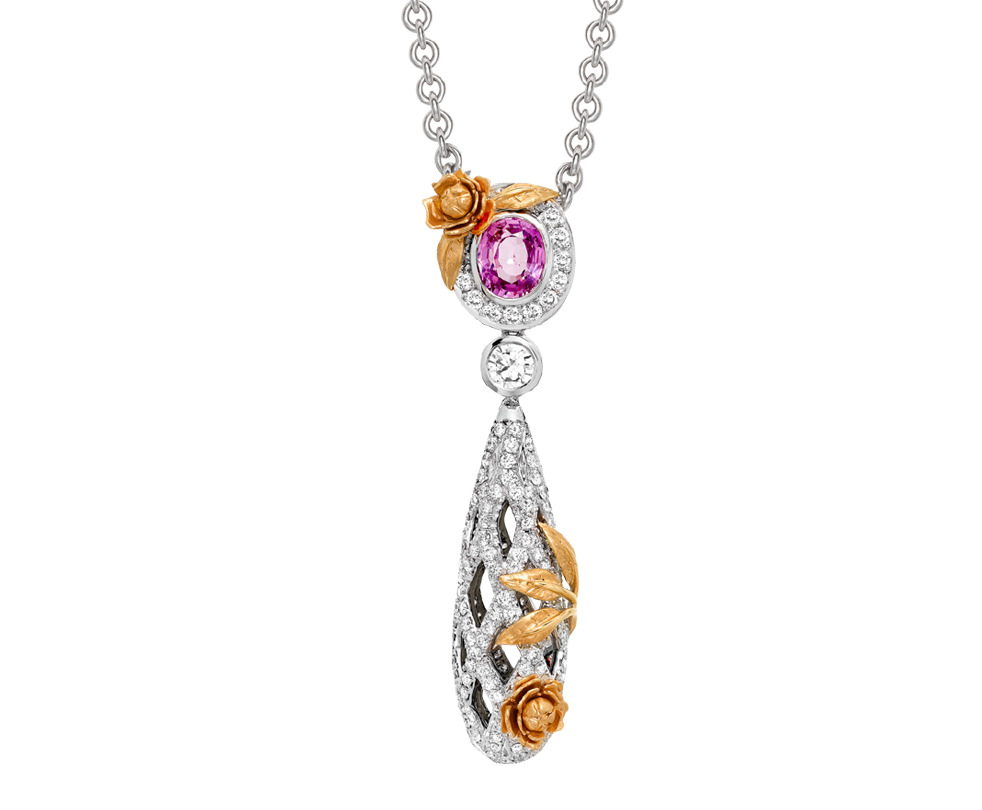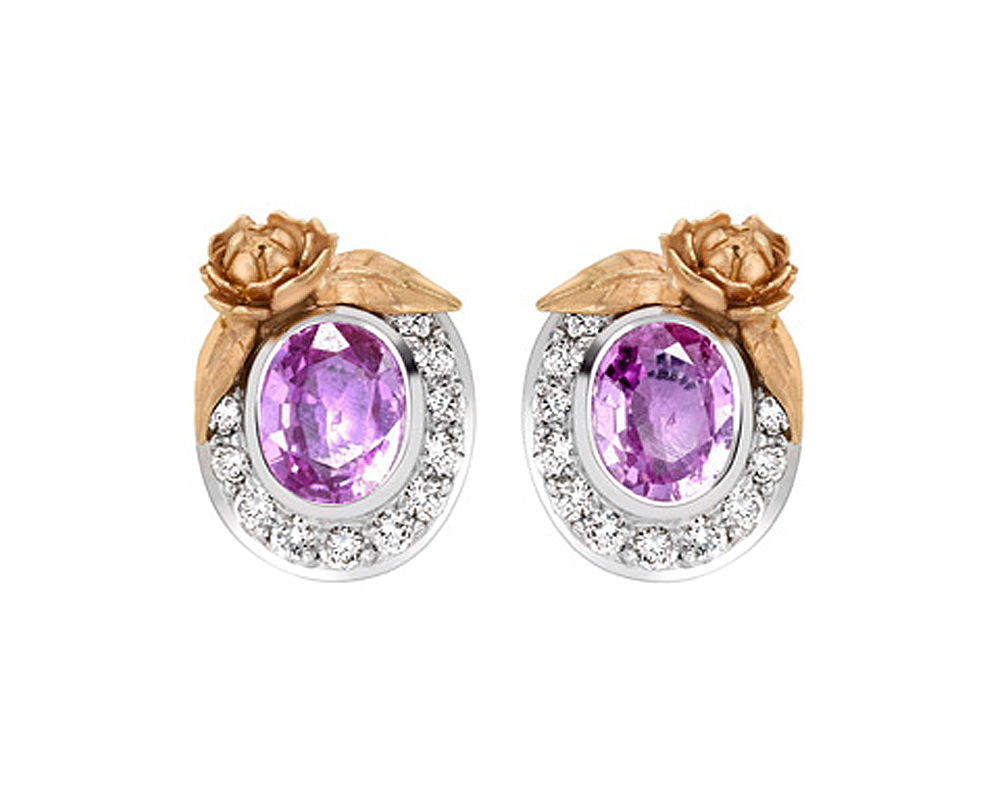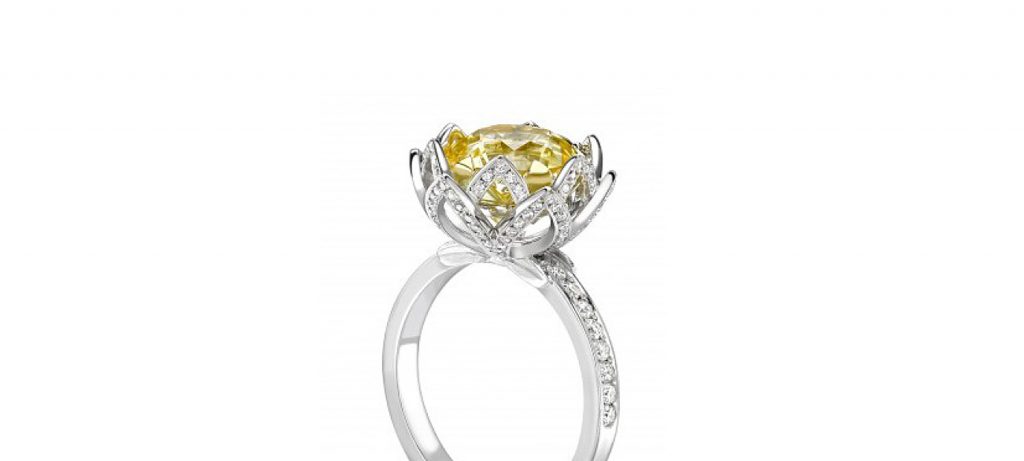The Skull is one of the most ancient symbols in all of jewellery and one that has been used by Theo since the seventies (can it be?!). The techniques, materials and brilliant craftsmen he has used over this time has redefined what can be done with this iconic symbol. Not just an icon of death but of sex & rebirth, of our dark sides.
This is the craftsman who actually sets the stones in to jewellery. Some of his vocabulary are:
Pavé – a style of setting whereby many small stones are all set close together in a seemingly random way to resembles a cobblestone pavement.
Rubover – a style of stone setting whereby metal completely surrounds the stone and is pushed, or rubbed, over the edge to hold it securely in place.
Facet – one of the flat polished faces of a gemstone.
Claws – the small prongs of metal that fold over a stone in a piece of jewellery to hold it in place.
Cabochon – a style of fashioning gems into a smooth polished dome.
Inclusions – These are internal features such as tiny crystals of other minerals caught up during the development of the larger host gem crystal. They can be used to identify gemstones, where they are from or whether the stone is natural or synthetic.
Silver comes into its own when used by silversmiths, some of whom have attained the reputation of great artists in their own right. It is still one of the great areas of traditional craftsmanship and artistry and London is, without doubt, its center of excellence. There are various types of silver-ware and techniques used to make it, amongst which, traditionally are:
Hollow-ware – Refers to silver that is hollow, so teapots and trophies, tankards and bowls.
Flat-ware – Mainly cutlery and serving tools.
Casting – The rendering of a model (often made in wax) into metal by pouring molten metal into a mould.
Spinning – Making a bowl shape by spinning a metal disc using a variation of the technique used by a potter.
Hand Raising – Beating sheet silver into a shape by using tools and human strength to manipulate the metal into the required form.
Repousse – Sometimes referred to as Chasing. Hammering the sheet metal from behind to produce a raised pattern or shape.
Chasing – As above but, more widely, a variation of engraving used to get a specific finish, say the coat of an animal, or image, Normally by cutting into the metal.
Planishing – Hitting the metal with a hammer to get a shape, and surface effect of mottled appearance.
Forging – As a blacksmith would do except with more subtlety in silver!
Stamping – Would be used to make a coin or anything that required the same, shallow image, repeated many times.
Piercing – Cutting out a pattern or hole from a piece of metal.
There are many more techniques, some arcane and others not often used.
Pure Silver has a brilliant white metallic lustre. Ductile and malleable, Silver has the highest electrical and thermal conductivity of all metals. Marginally harder than Gold, Silver is less expensive and is ideal for use in making jewellery, making tableware, objects and hollow-ware as well as Silver.
In some cultures it is given almost mythical status, for instance among the Navajo, and where it is readily available it has bred an entire art form, like Mexico and Peru. It is one of only three noble metals, along with Platinum and Gold, in general use.
Although Silver jewellery has become popular, in part because it costs so much less than gold, it is still seen as the younger brother of Gold.
Many stones can be engraved by cutting a pattern into the surface of the stone, cutting away stone to leave an image standing proud or cutting deep into the reverse of a cabochon stone to leave a 3D reverse image. Often engraving on stones will take the form of an heraldic design, a monogram or symbol but sometimes the technique will be more complicated; here are some examples.
Cameo – Is the process of cutting away at stones or shells that often have two colours sandwiched together to leave an image standing proud, in relief, of its surroundings.
Intaglio – Is essentially the reverse and is the process of deep engraving an image into a stone.
Essex Crystals – Are reverse Intaglios and are very skilfully engraved into the back of cabochon, or un-faceted, rounded stones, so that they give the impression of being inside the stone. These are often painted to give the illusion of an image floating in the stone, not unlike a glass paperweight in miniature.
Theo’s incredibly popular Spangle collection features Sapphires, Rubies and Blue Diamonds. Make an elegant and understated highlighted with the Spangle collection. A simple, stylish collection of Gold rings bands lightly dusted with Diamonds. Spangle is ‘neat but not gaudy’ as the poets would say; and so do we.
Slinky, figure-hugging strands that cling to the body like no other diamond jewellery. The trick is in the design and the movement between each link. Draped around necks and wrists, down backs and cleavages, it’s like having a second skin.
Tantalising. This exquisite Diamond Suite is a masterpiece of classic design; simple and beautifully hand-crafted. The effortless movement and fluidity of both pieces are testament to the brilliant craftsmen who have created them, and their unrivalled skills.
Historically, Spinels were frequently misidentified as rubies, one of the best known examples of this can be seen in the Crown Jewels where the ‘Black Prince’s Ruby’ is actually a Spinel. It weighs about 170 carats and is set above the Cullinan II diamond in the Imperial State Crown. It is one of the oldest of the Crown Jewels, having been acquired in 1367, by the Prince of Wales – Edward of Woodstock (who came to be known as The Black Prince) as payment for a battle victory abroad.
Spinels are known to exhibit an array of unusual optical effects, including ‘asterism’ – whereby three intersecting bands of light reflection form a star shaped pattern on the stone, ‘chatoyancy’ or ‘cat’s-eye’ which is one single band of light reflection bisecting the stone, (both of these require the stone to be cut as a cabochon in order to see the effect) as well as a ‘colour change’ effect where some stones will appear different colours or shades of the same colour when viewed in differing light conditions.
Amongst the most important current commercial sources are Burma, Tanzania and Vietnam and some of the rarer colours are extremely rare and expensive.
Description: Spinel occurs in a range of colours, from various shades of blue through purples and pinks to hot vivid reds, they can be found in Tanzania and Burma amongst other places.
Hardness: 8 on Mohs Scale
We use a variety of colours of Sapphire, including pink, yellow, green and purple along with the most popular and best known colour – blue. The most highly valued blue stones have a rich velvety colour coupled with a bright lively appearance and few inclusions. Traditionally the best stones were believed to come from Kashmir and these still command the highest prices today along with those from Burma. Other commercial sources include Sri Lanka, Thailand and Australia.
A particularly rare type of Sapphire is a beautiful blush pinkish-orange colour referred to as Padparadscha which means ‘Lotus blossom’ in Sinhalese. Second in hardness only to Diamond, Sapphires (like Rubies) are a good choice for jewellery that will be worn every day such as engagement rings. Also like rubies, they are available in a huge range of prices so there are stones to suit every pocket.
They were associated with the virtues of truth, sincerity and faithfulness and were credited with the ability to protect wearers from fraud, treachery, poison and plague – how can any of us manage without one?!
Description: Sapphires belong to the Corundum family and occur in all colours of the rainbow except for red, because the red variety is Ruby. They can be found in Sri Lanka, Burma and Thailand amongst other places.
Hardness: 9 on Mohs Scale
Birthstone: September
We use a variety of colours of Sapphire, including pink, yellow, green and purple along with the most popular and best known colour – blue. The most highly valued blue stones have a rich velvety colour coupled with a bright lively appearance and few inclusions. Traditionally the best stones were believed to come from Kashmir and these still command the highest prices today along with those from Burma. Other commercial sources include Sri Lanka, Thailand and Australia.
A particularly rare type of Sapphire is a beautiful blush pinkish-orange colour referred to as Padparadscha which means ‘Lotus blossom’ in Sinhalese. Second in hardness only to Diamond, Sapphires (like Rubies) are a good choice for jewellery that will be worn every day such as engagement rings. Also like rubies, they are available in a huge range of prices so there are stones to suit every pocket.
They were associated with the virtues of truth, sincerity and faithfulness and were credited with the ability to protect wearers from fraud, treachery, poison and plague – how can any of us manage without one?!
We use a variety of colours of Sapphire, including pink, yellow, green and purple along with the most popular and best known colour – blue. The most highly valued blue stones have a rich velvety colour coupled with a bright lively appearance and few inclusions.
Traditionally the best stones were believed to come from Kashmir and these still command the highest prices today along with those from Burma. Other sources include Sri Lanka, Thailand and Australia.
A particularly rare type of Sapphire is a beautiful blush pinkish-orange colour referred to as Padparadscha which means ‘Lotus blossom’ in Sinhalese. Second in hardness only to Diamond, Sapphires (like Rubies) are a good choice for jewellery that will be worn every day such as engagement rings. Also like rubies, they are available in a huge range of prices so there are stones to suit every pocket.
They were associated with the virtues of truth, sincerity and faithfulness and were credited with the ability to protect wearers from fraud, treachery, poison and plague – how can any of us manage without one?!
Description: Sapphires belong to the Corundum family and occur in all colours of the rainbow except for red, because the red variety is Ruby. They can be found in Sri Lanka, Burma and Thailand amongst other places.
Hardness: 9 on Mohs Scale
Birthstone: September




